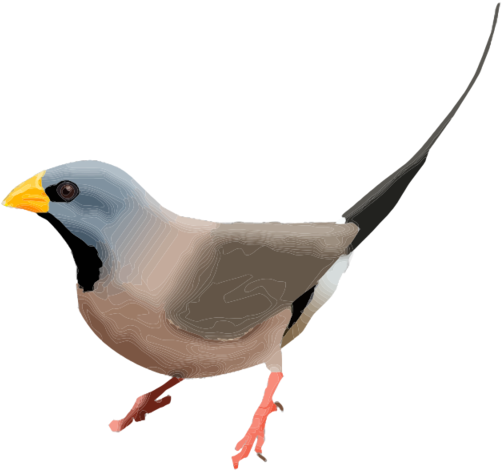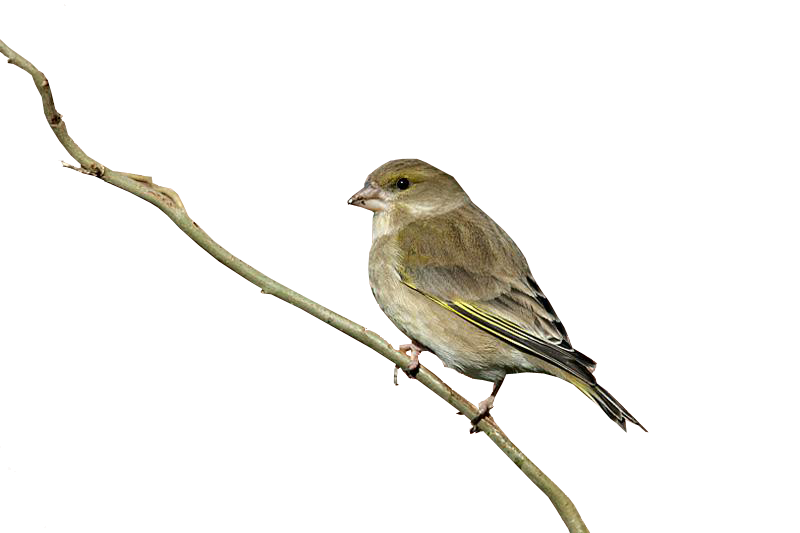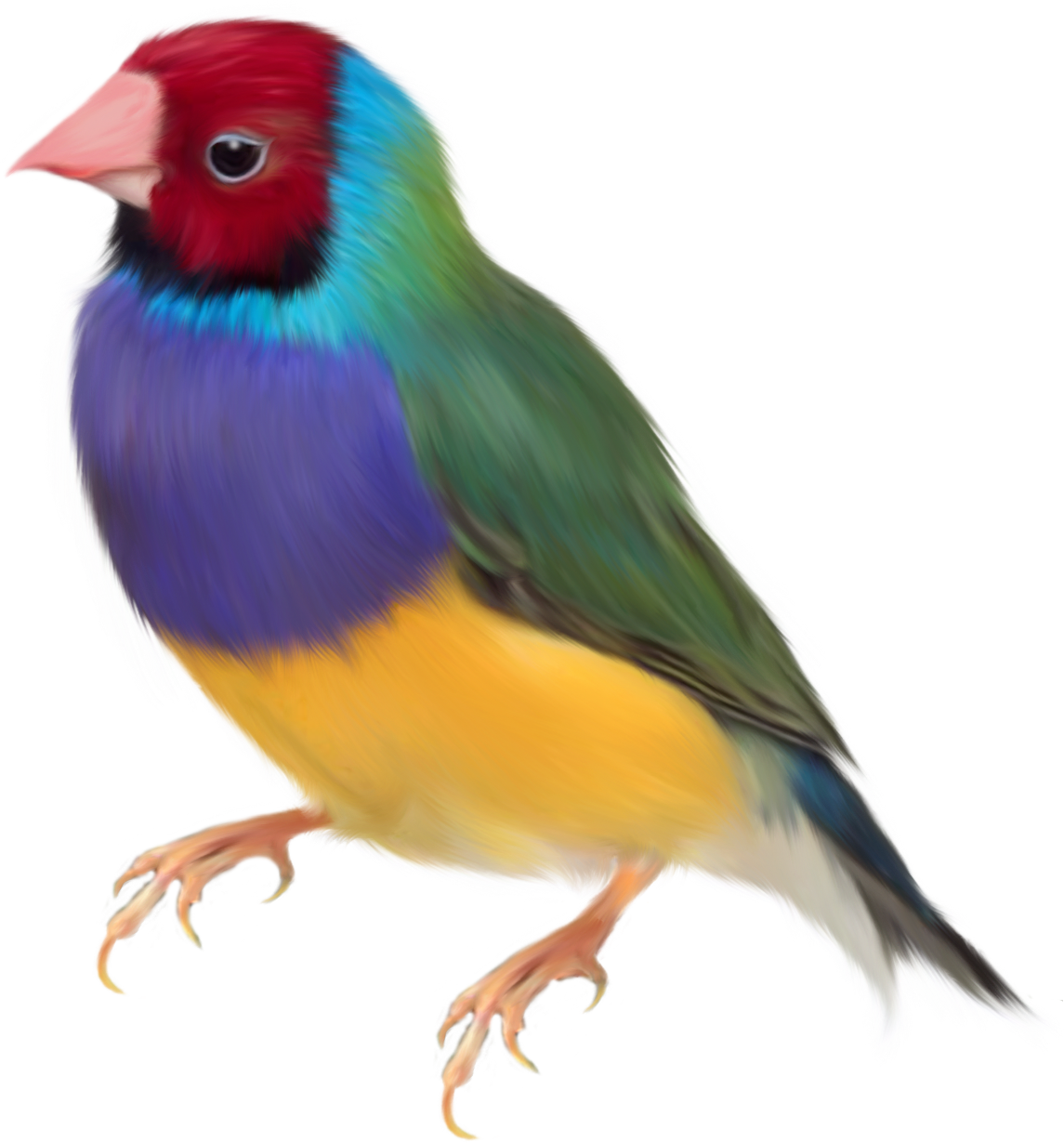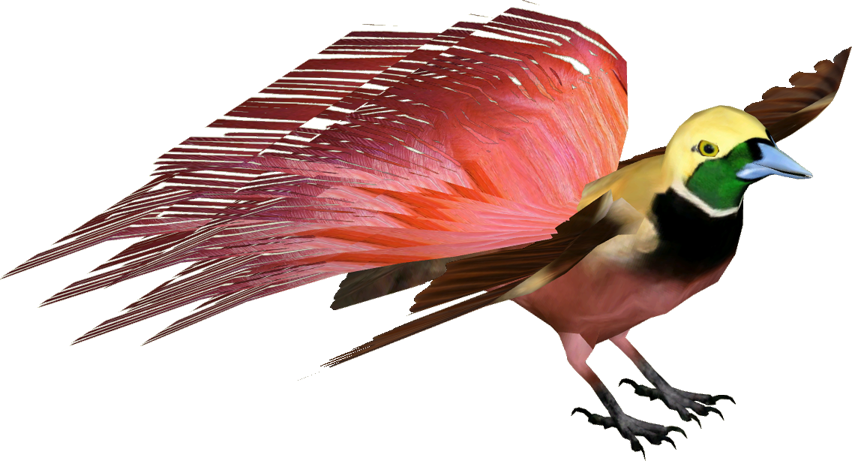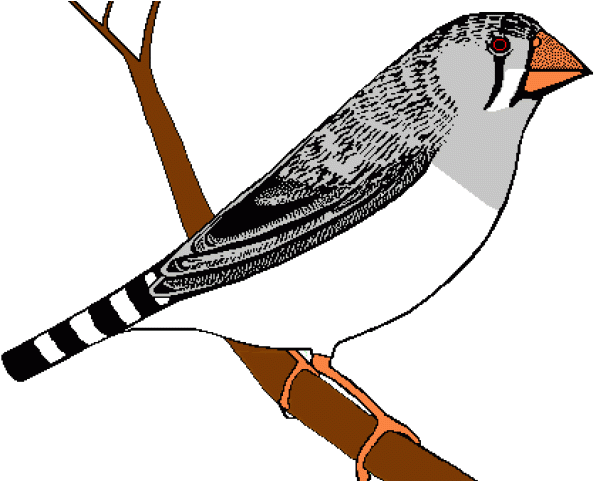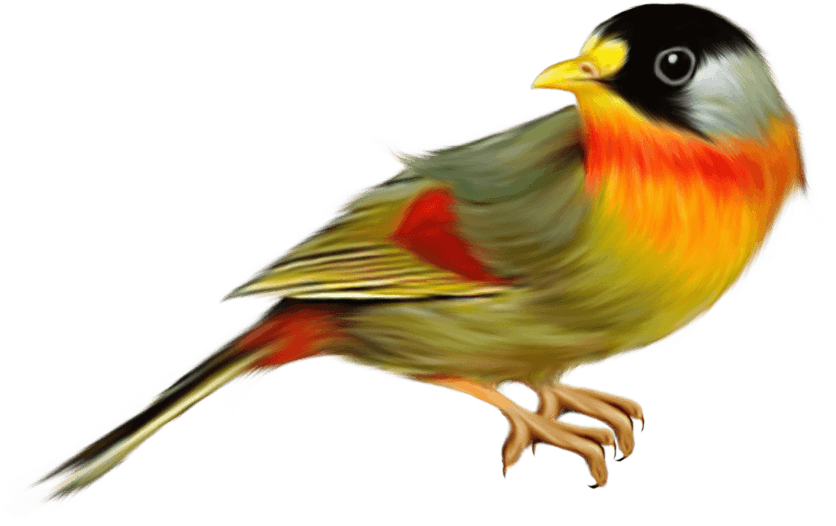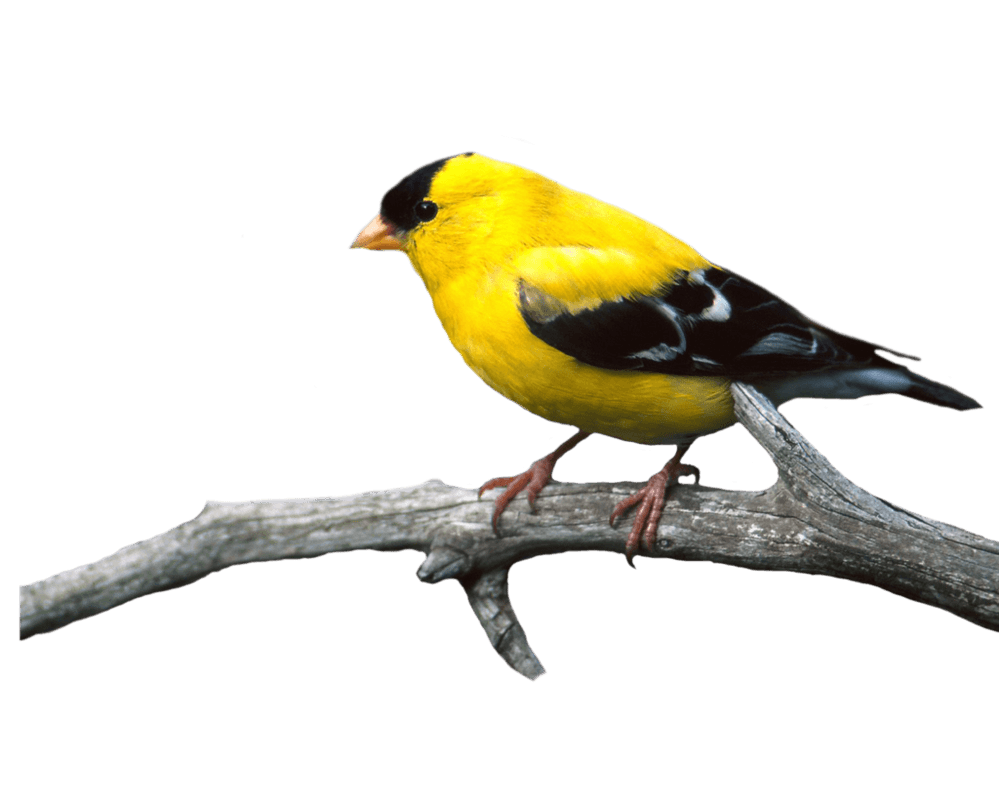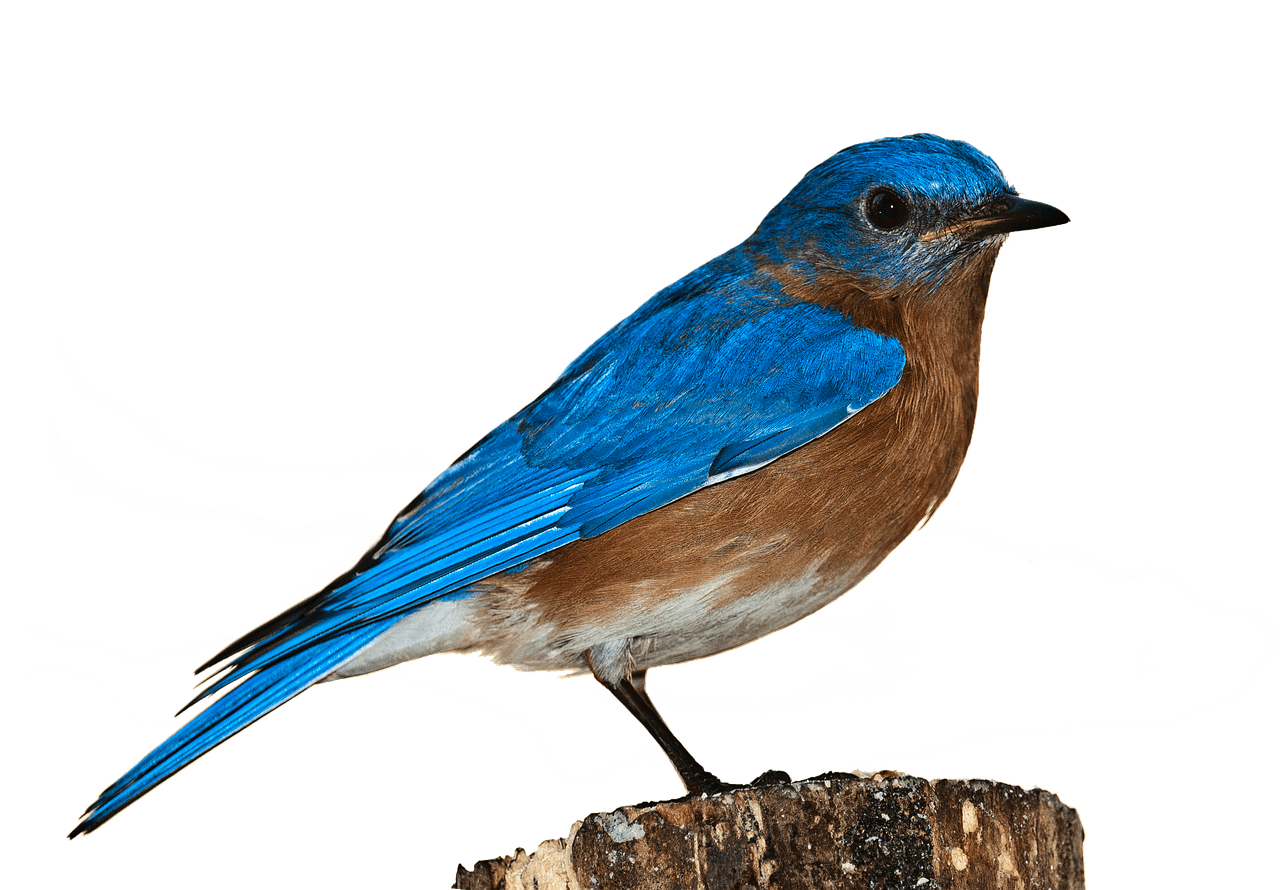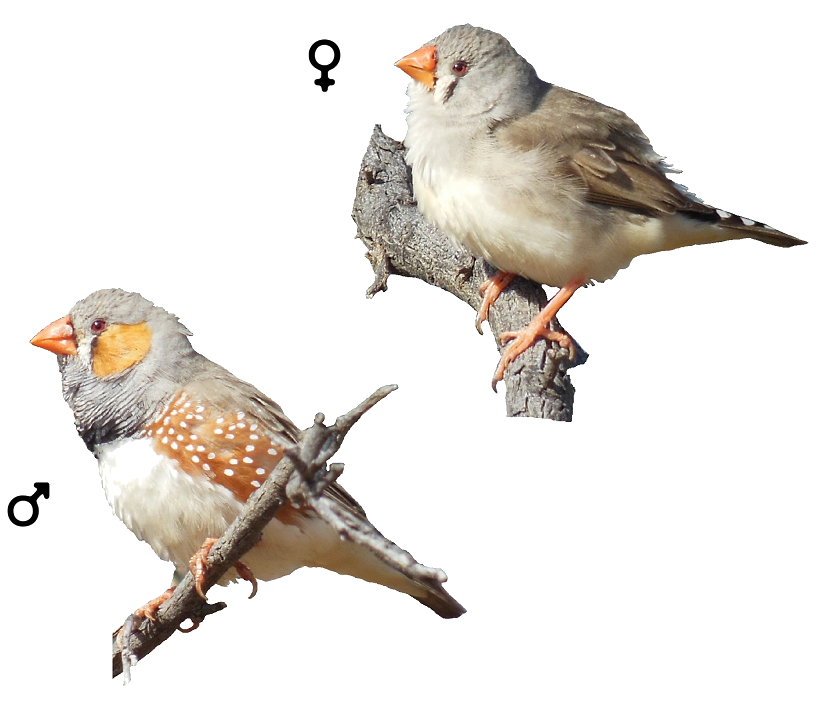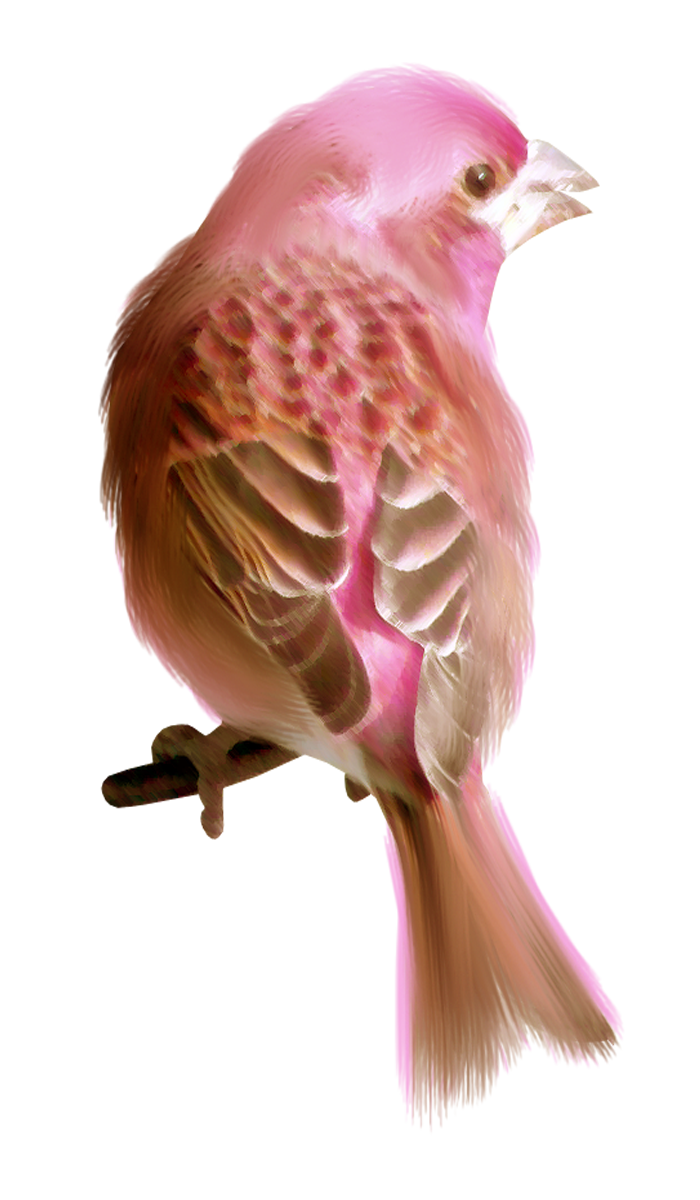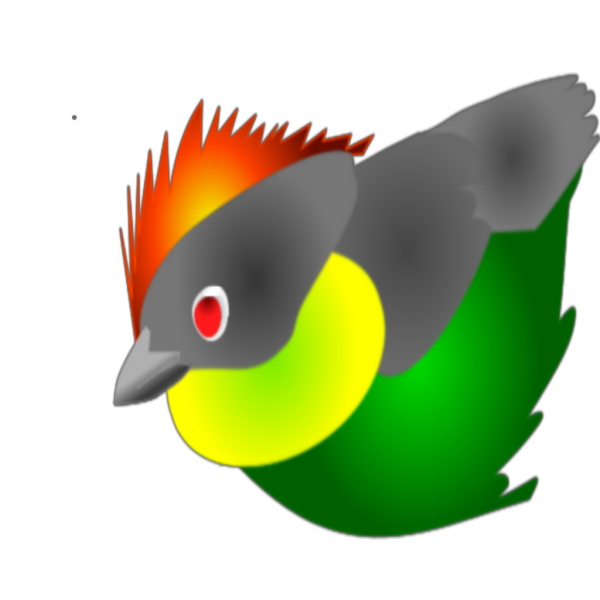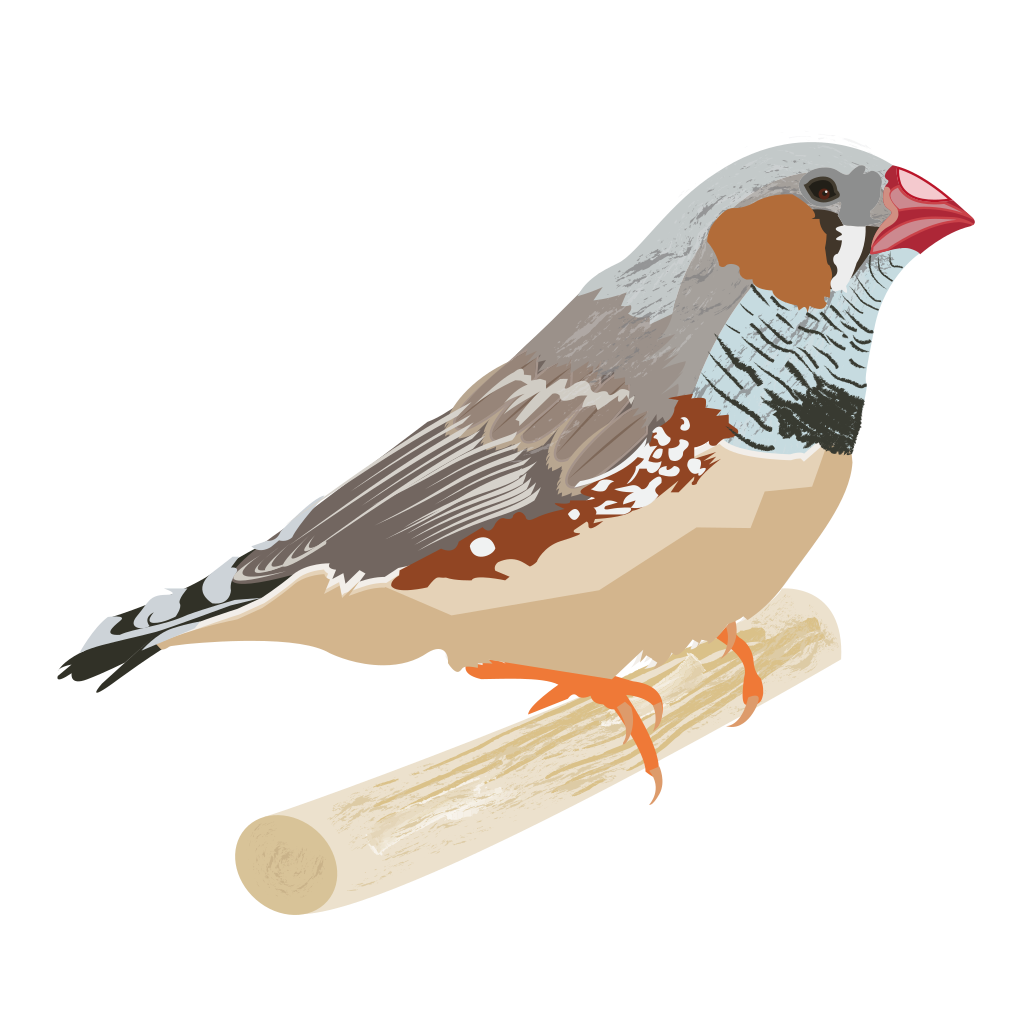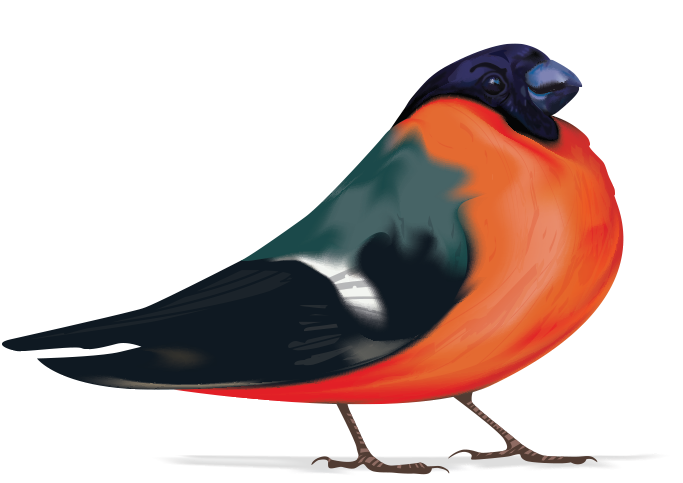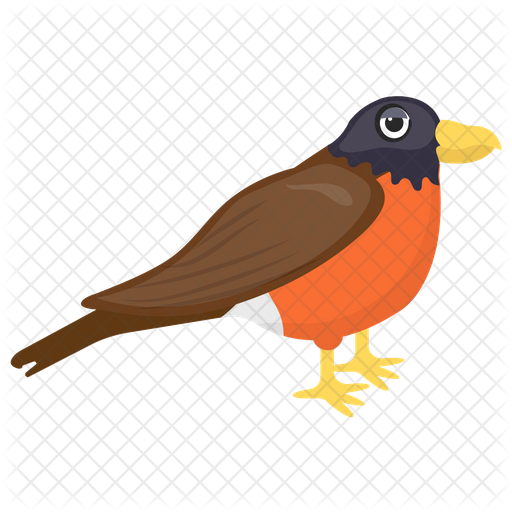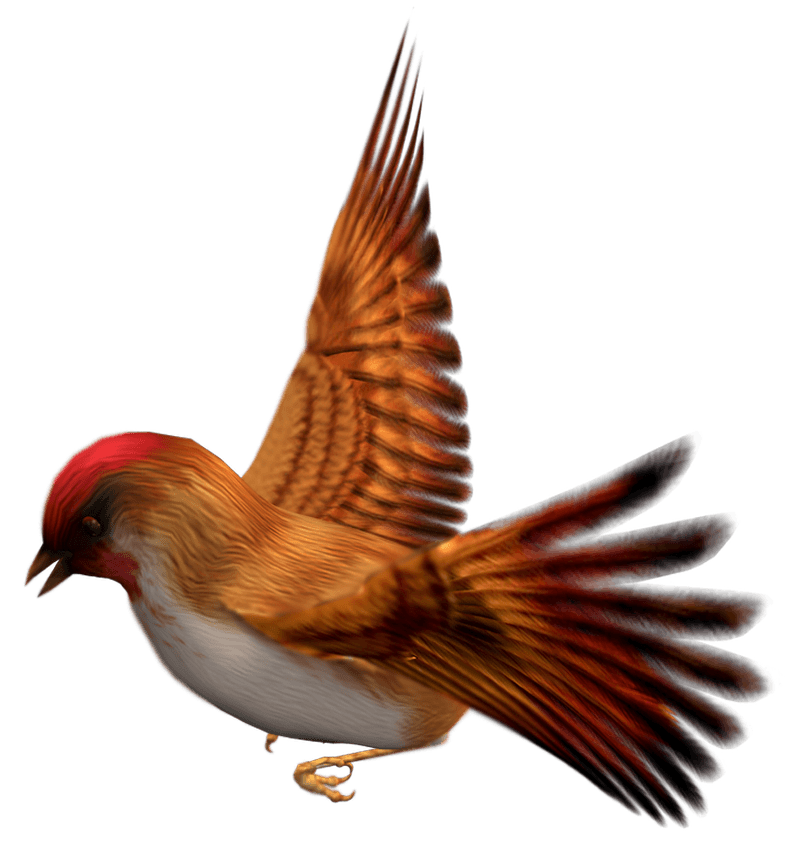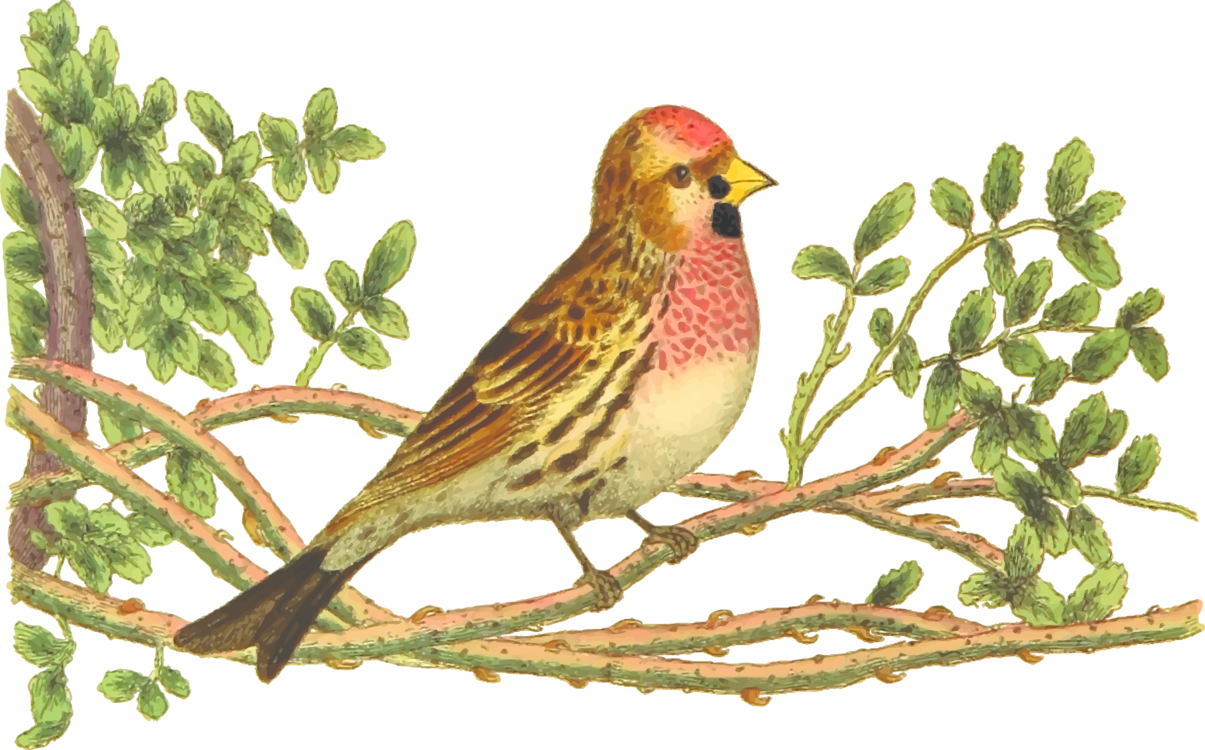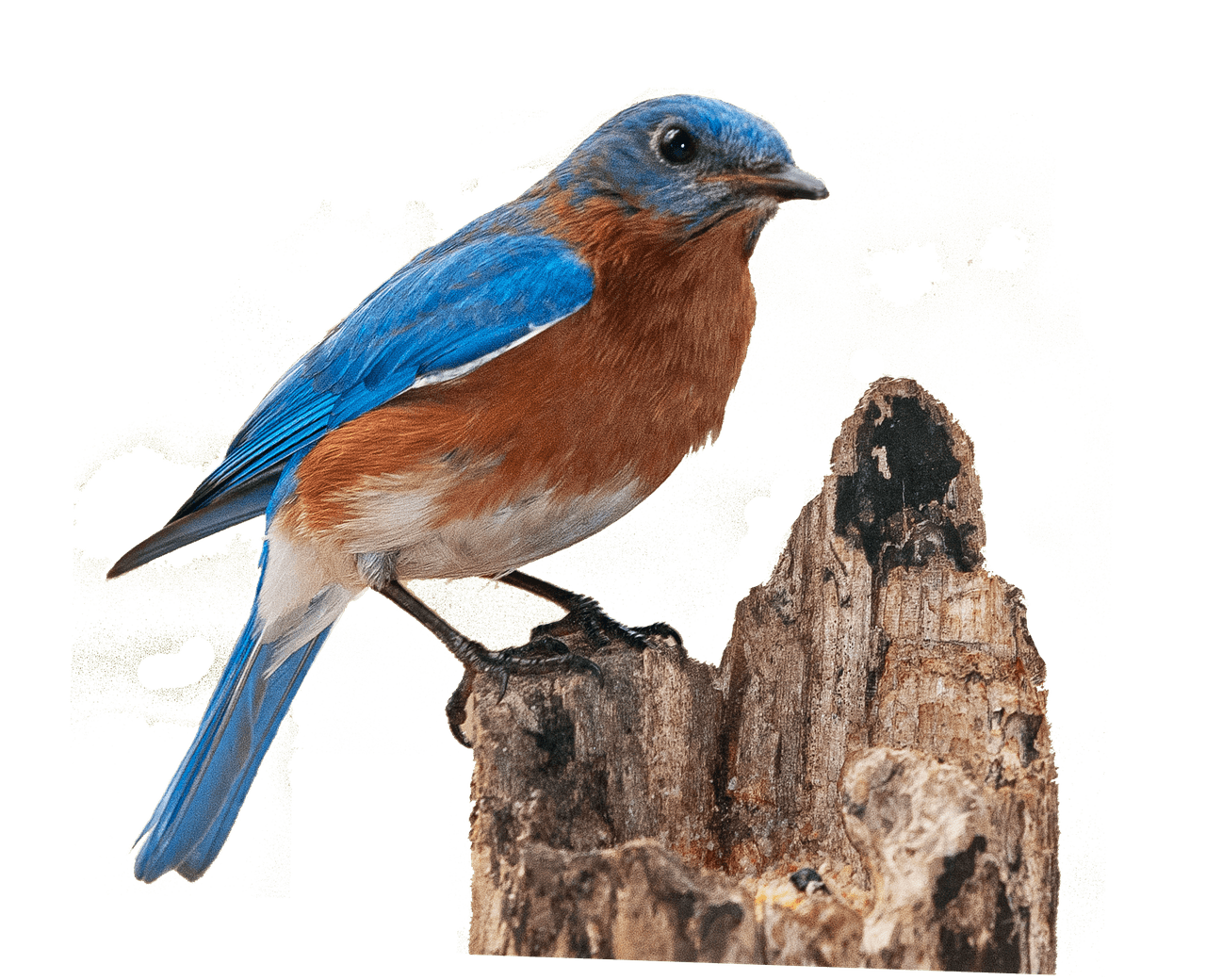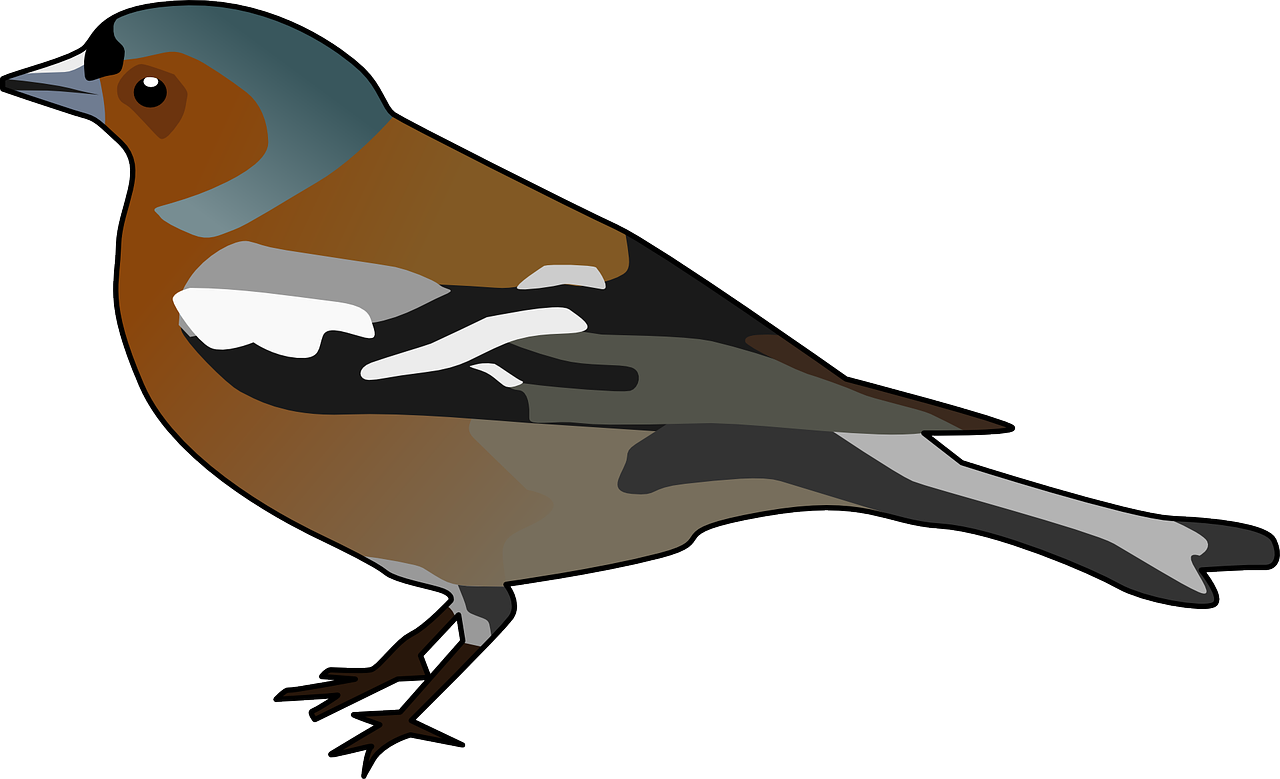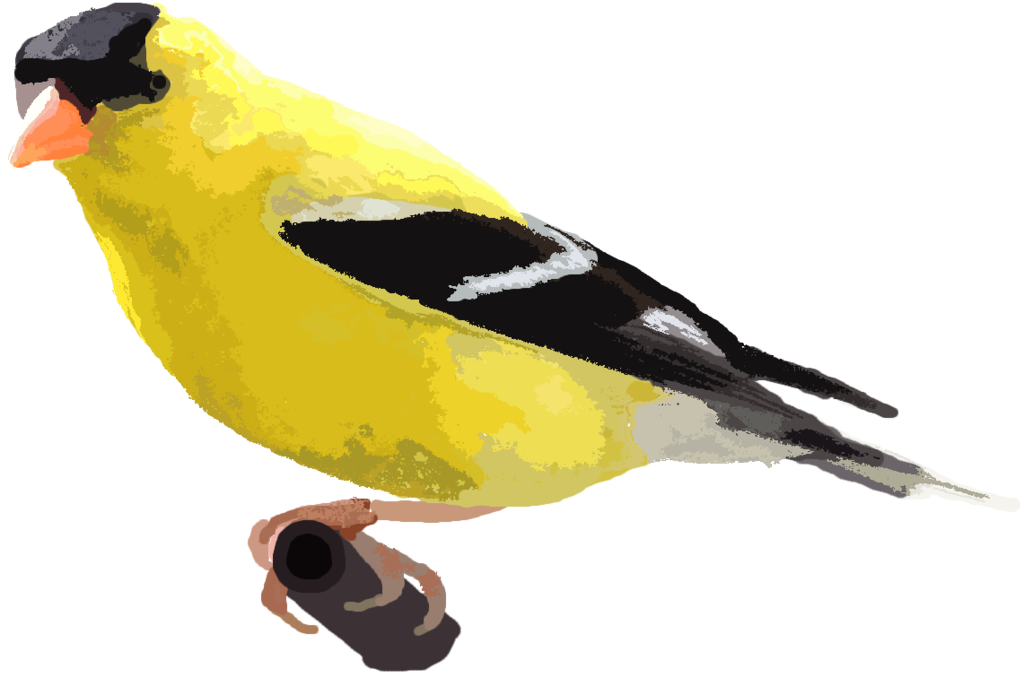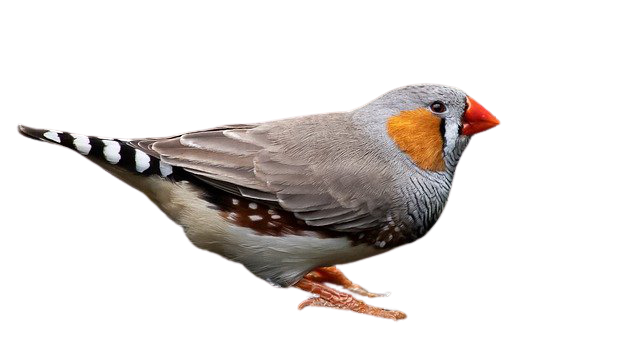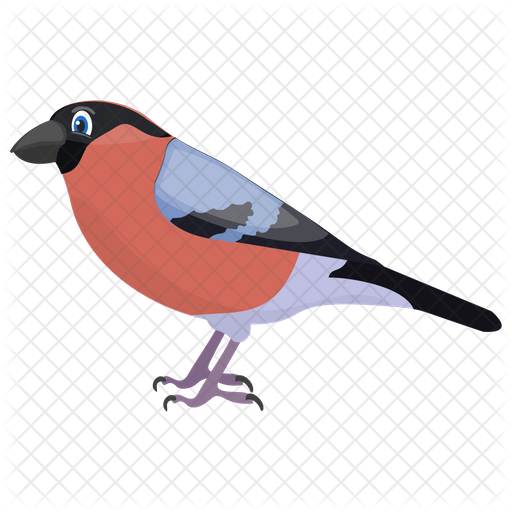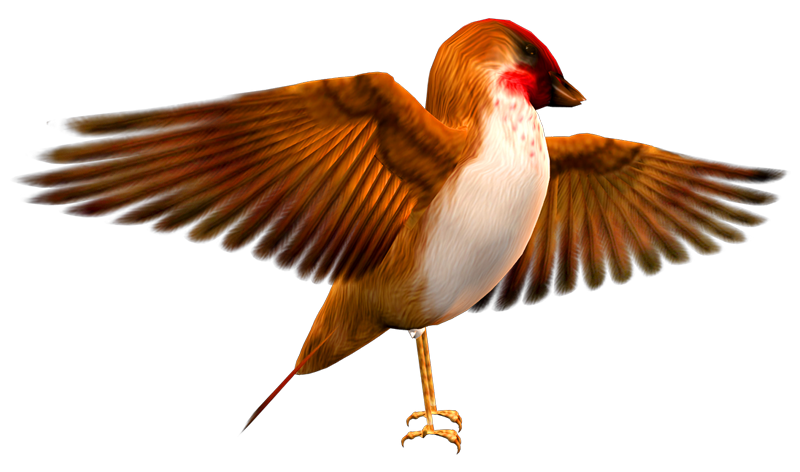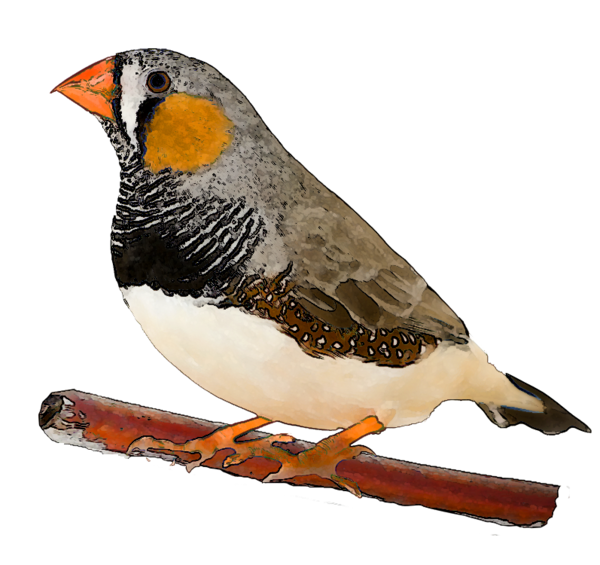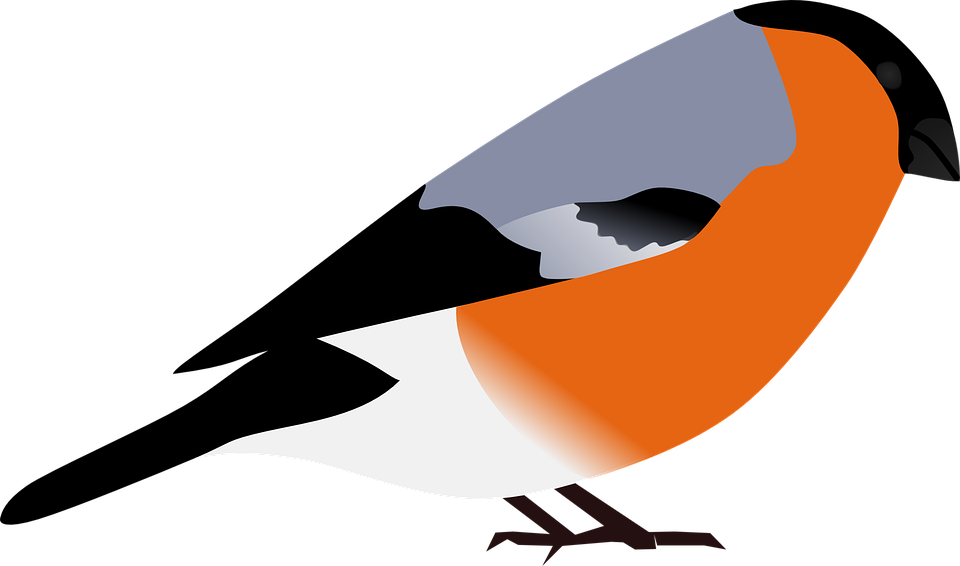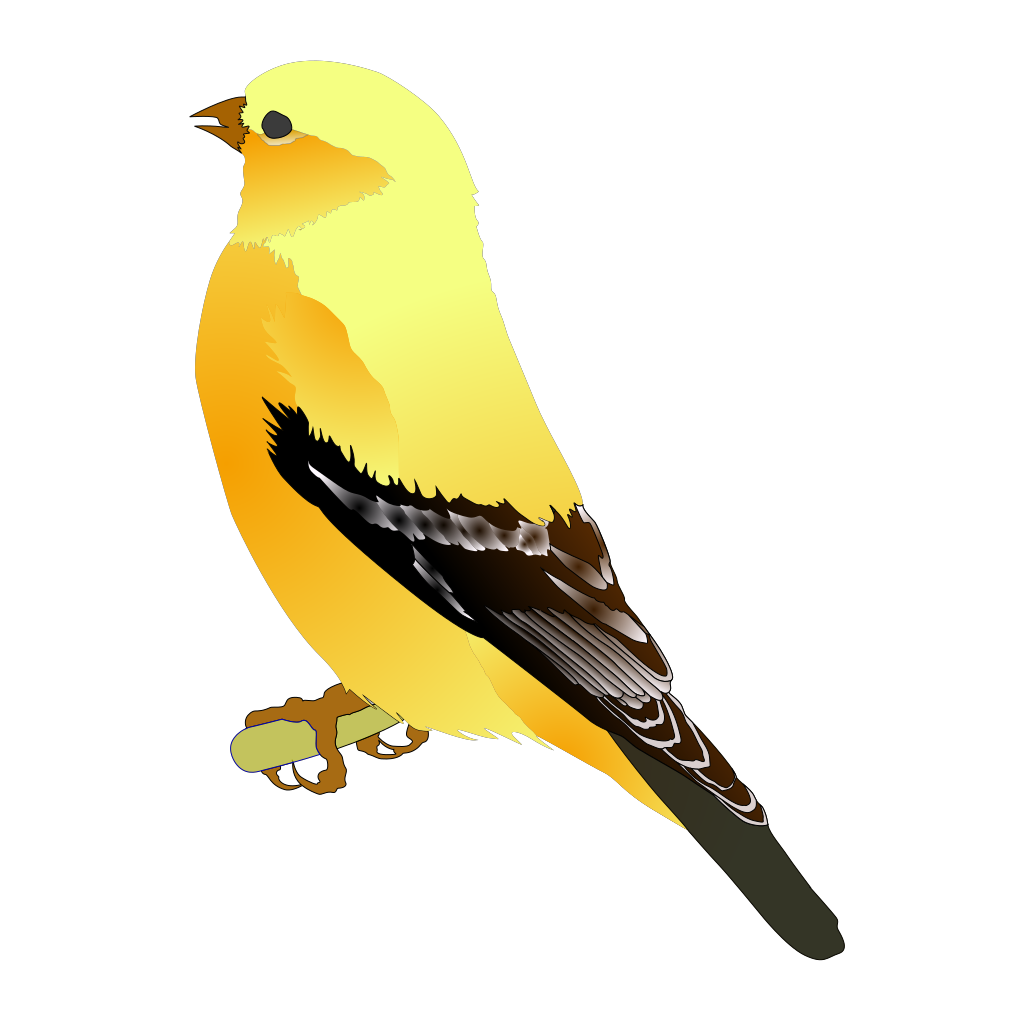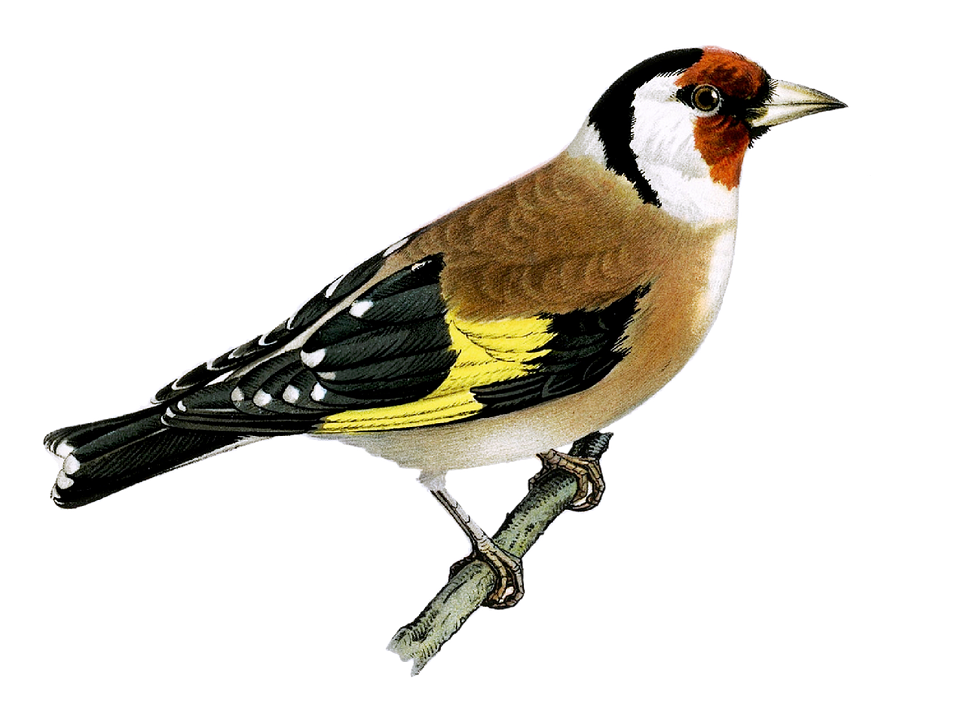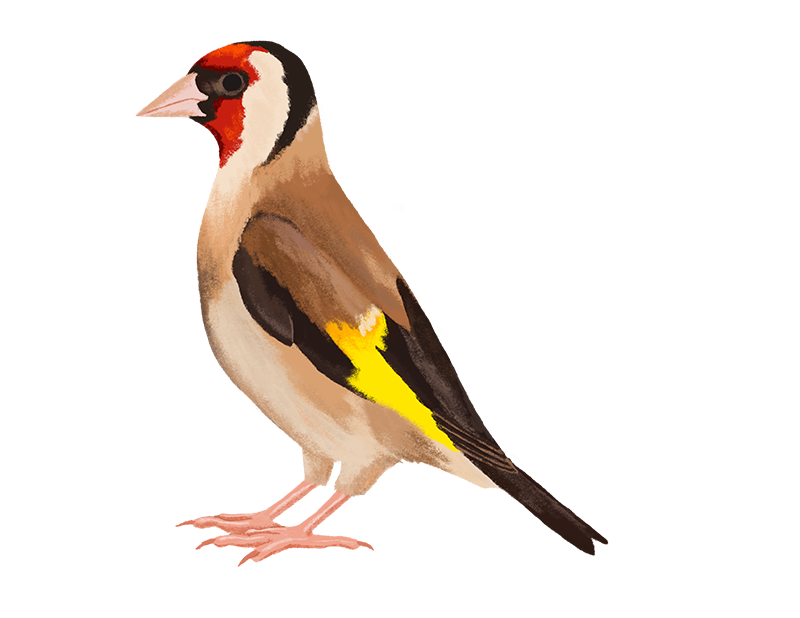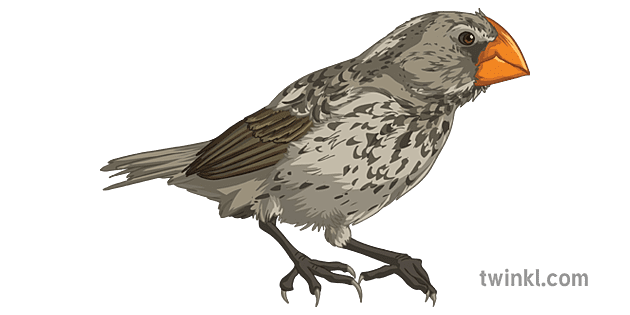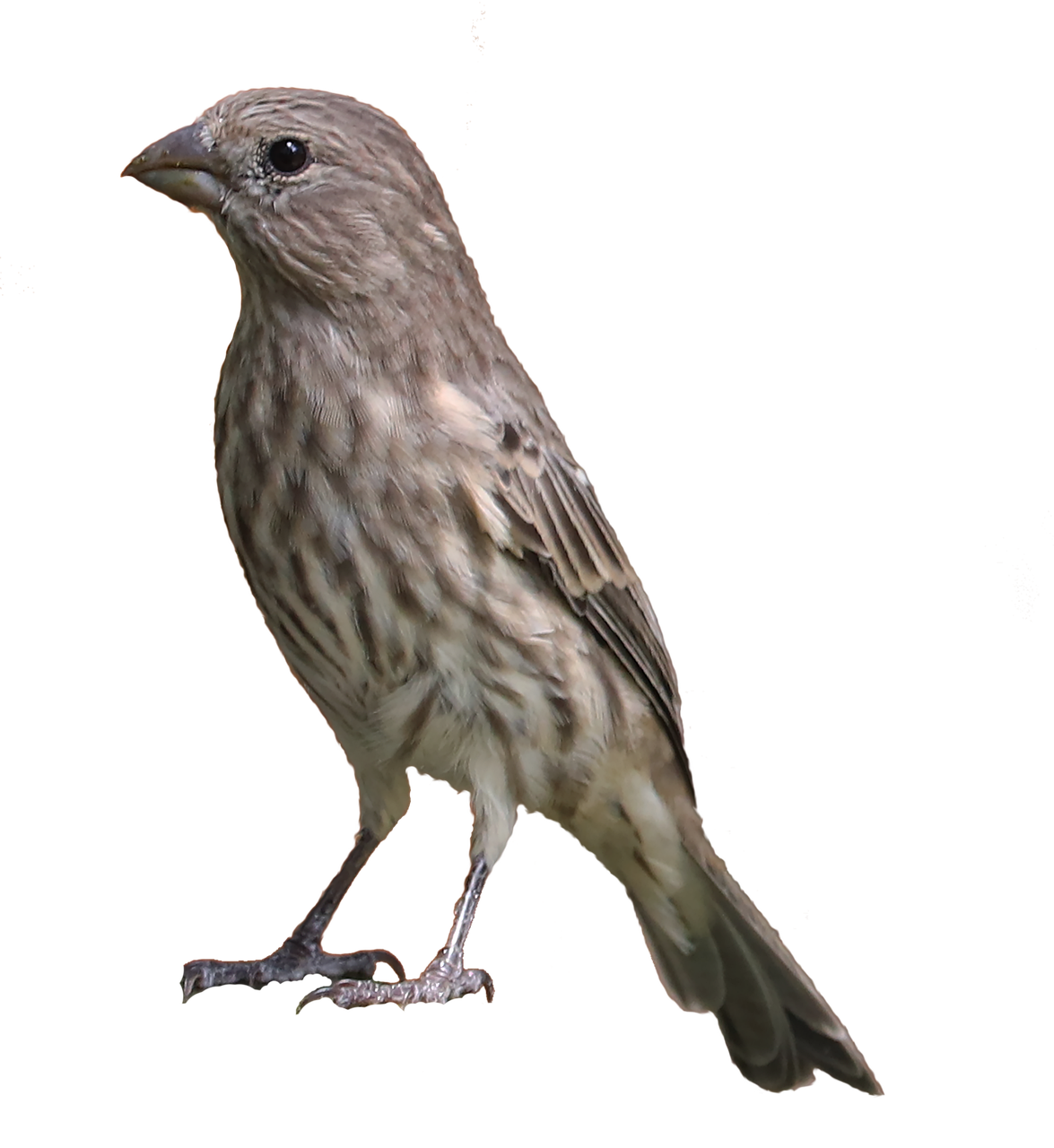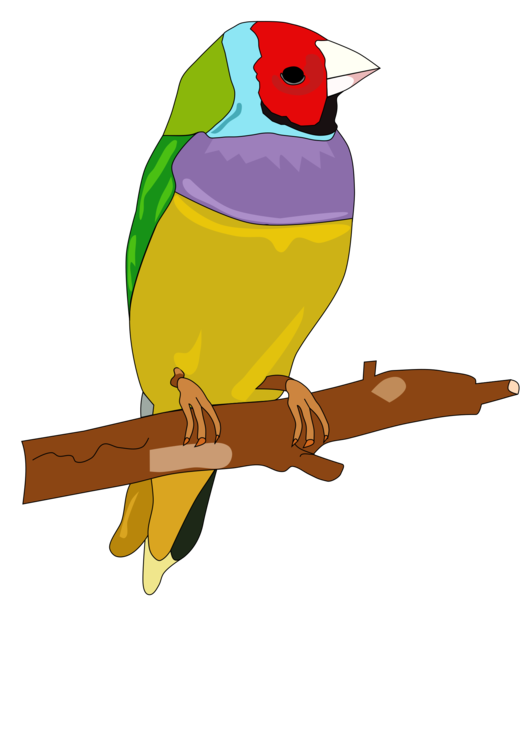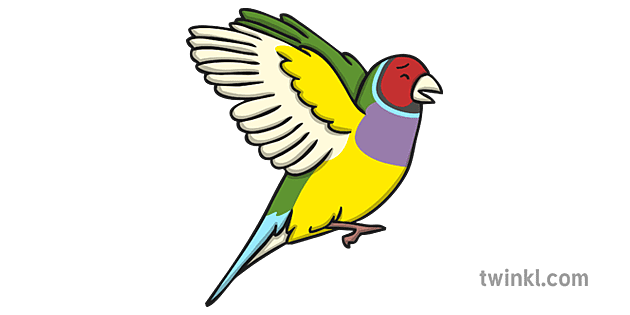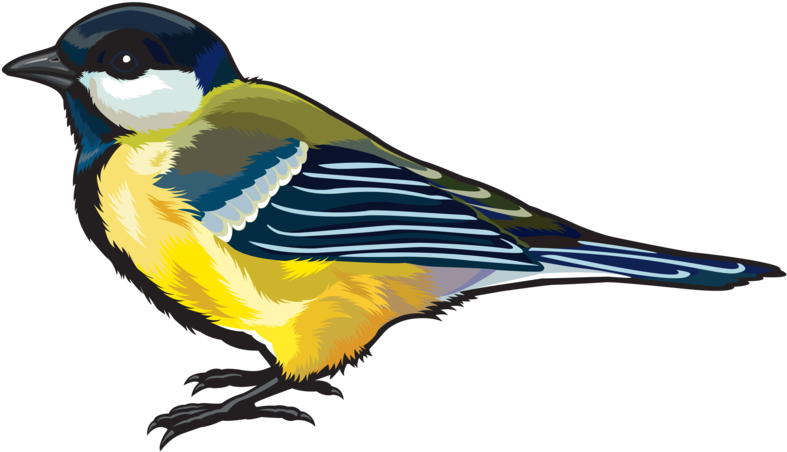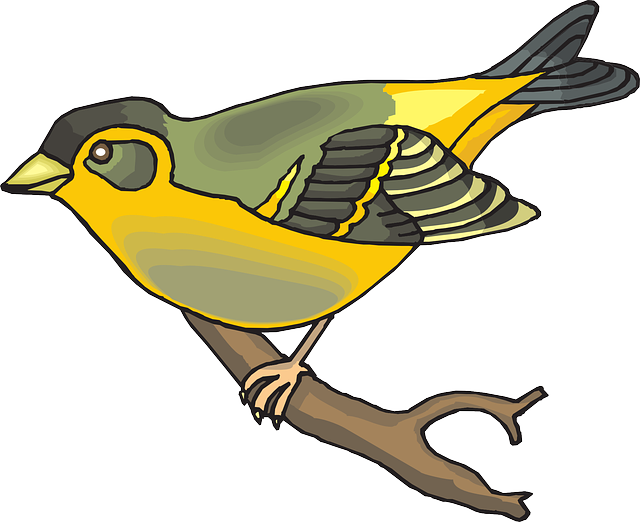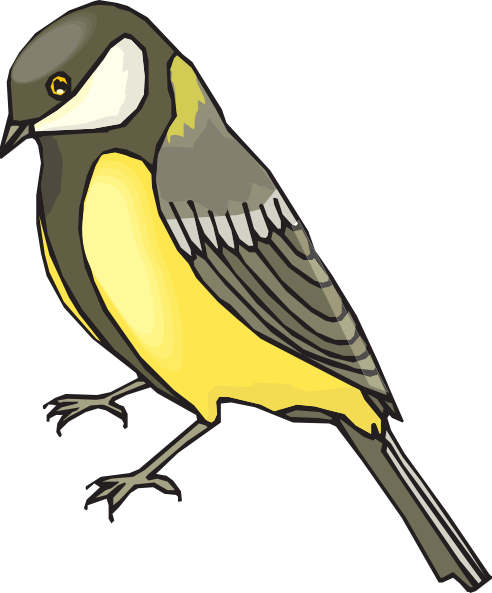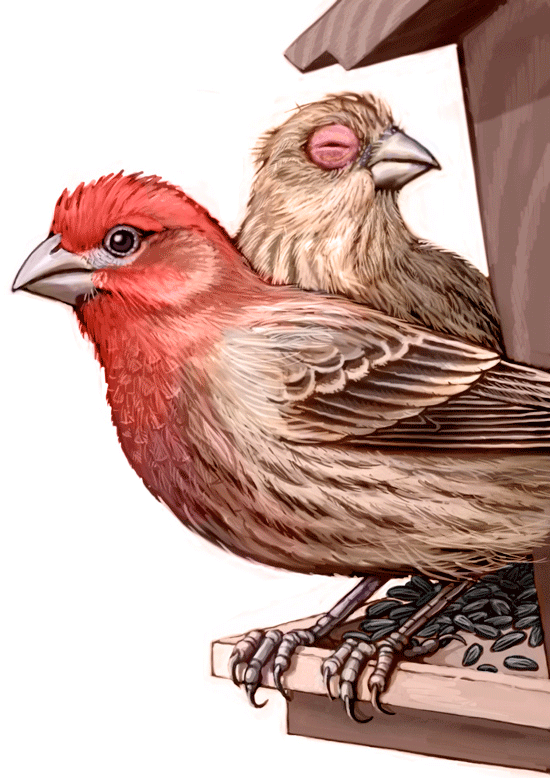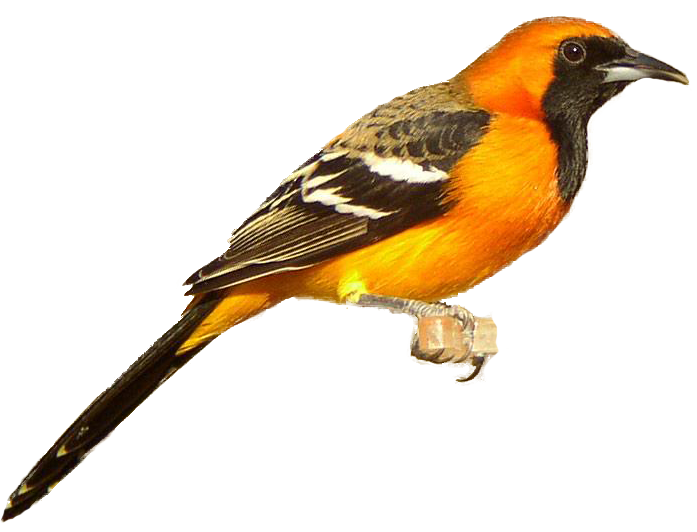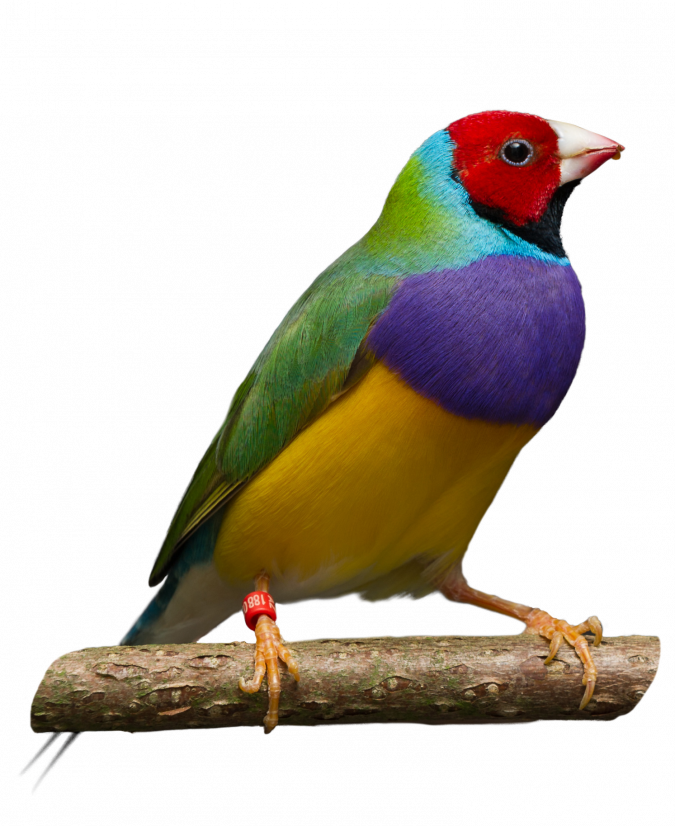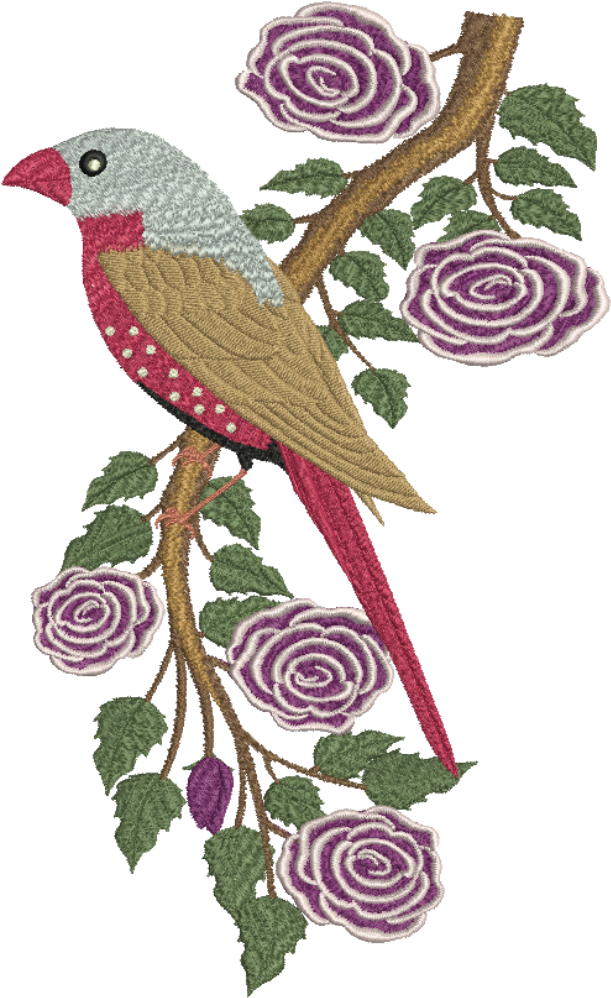Download top and best high-quality free Finch PNG Transparent Images backgrounds available in various sizes. To view the full PNG size resolution click on any of the below image thumbnail.
License Info: Creative Commons 4.0 BY-NC
True finches belong to the Fringillidae family of passerine birds and are tiny to medium-sized. Finches have thick conical bills that are ideal for eating seeds and nuts, and their plumage is typically brightly colored. They may be found in a wide variety of environments and do not move. Except for Australia and the polar regions, they are found everywhere over the planet. There are about 200 species in the Fringillidae family, which is split into fifty genera. Siskins, canaries, redpolls, serins, grosbeaks, and euphonias are among the species found there.
Many birds from different families are also referred to as “finches.” The estrildid finches (Estrildidae) of the Old World tropics and Australia; certain members of the Old World bunting family (Emberizidae) and the New World sparrow family (Passerellidae); and the Darwin’s finches of the Galapagos Islands, currently classified as tanagers (Thraupidae).
From the eighteenth through the twentieth centuries, finches and canaries were employed in the coal mining business in the United Kingdom, the United States, and Canada to detect carbon monoxide. In the United Kingdom, this practice was outlawed in 1986.
A series of phylogenetic analyses based on mitochondrial and nuclear DNA sequences began about 1990, resulting in significant changes to the classification. Several groups of birds formerly classified as belonging to other families were discovered to be related to the finches.
Due to their similar appearance, the Neotropical Euphonia and Chlorophonia were previously classified in the tanager family Thraupidae, however mitochondrial DNA sequencing indicated that both taxa were more closely related to finches. They are currently classified as part of the Fringillidae subfamily Euphoniinae.
The Hawaiian honeycreepers were previously classified as members of the Drepanididae family, but they were shown to be closely related to Carpodacus rosefinches and are now classified as members of the Carduelinae subfamily. Carpodacus, Carduelis, and Serinus, the three biggest genera, were discovered to be polyphyletic.
Every single one was divided into monophyletic genera. Carpodacus rosefinches were relocated to Haemorhous rosefinches. The greenfinches were moved to Chloris, and a huge clade to Spinus, leaving only three species in the original genus.
Thirty-seven species were transferred from Serinus to Crithagra, leaving the original genus with only eight species. The Fringillinae, which has a single genus with the chaffinches, the Carduelinae, which contains 183 species separated into 49 genera, and the Euphoniinae, which contains the Euphonia and the Chlorophonia, are the three subfamilies of the Fringillidae.
The Andean siskin (Spinus spinescens), at 9.5 cm (3.8 in), and the smaller goldfinch (Spinus psaltria), at 8 g, are the smallest “traditional” genuine finches (0.28 oz). The collared grosbeak (Mycerobas affinis) is the largest, with lengths up to 25.5 cm (10.0 in) and weights up to 86.1 g (3.04 oz) in the pine grosbeak (Pinicola enucleator), though larger lengths and weights have been recorded in species that are slightly smaller on average, such as the evening grosbeak (Hesperiphona vespertina).
They have strong, stubby beaks that may grow to be fairly big in certain species; nevertheless, Hawaiian honeycreepers are known for the broad range of bill forms and sizes that have resulted via adaptive radiation. There are 9 main remiges and 12 rectrices in all genuine finches.
The basic plumage color is brownish, occasionally greenish; many have a lot of black, and white plumage is almost non-existent, save for wing-bars and other signaling markings. In this family, bright yellow and red carotenoid pigments are prevalent, while blue structural colors are uncommon since yellow pigments convert blue to green. Many genuine finches, but not all, have considerable sexual dichromatism, with females lacking the brilliant carotenoid markings that males have.
Download Finch PNG images transparent gallery.
- Finch Bird PNG Images
Resolution: 502 × 471
Size: 98 KB
Image Format: .png
Download
- Finch PNG Photo
Resolution: 800 × 533
Size: 128 KB
Image Format: .png
Download
- Finch Bird PNG Photos
Resolution: 1145 × 1230
Size: 1209 KB
Image Format: .png
Download
- Finch Bird Transparent
Resolution: 852 × 461
Size: 419 KB
Image Format: .png
Download
- Finch Bird PNG Clipart
Resolution: 594 × 481
Size: 55 KB
Image Format: .png
Download
- Finch Bird PNG Picture
Resolution: 836 × 526
Size: 87 KB
Image Format: .png
Download
- Finch Bird PNG HD Image
Resolution: 979 × 831
Size: 28 KB
Image Format: .png
Download
- Finch PNG Cutout
Resolution: 999 × 799
Size: 95 KB
Image Format: .png
Download
- Finch Bird PNG
Resolution: 1280 × 890
Size: 260 KB
Image Format: .png
Download
- Finch Graphic PNG Images
Resolution: 820 × 704
Size: 362 KB
Image Format: .png
Download
- Finch PNG Images
Resolution: 800 × 566
Size: 23 KB
Image Format: .png
Download
- Finch Graphic PNG Photos
Resolution: 512 × 512
Size: 20 KB
Image Format: .png
Download
- Finch Graphic Transparent
Resolution: 700 × 1200
Size: 612 KB
Image Format: .png
Download
- Finch Graphic PNG Clipart
Resolution: 600 × 600
Size: 139 KB
Image Format: .png
Download
- Finch Bird PNG Pic
Resolution: 1024 × 1024
Size: 267 KB
Image Format: .png
Download
- Finch Graphic PNG Picture
Resolution: 683 × 483
Size: 128 KB
Image Format: .png
Download
- Finch Graphic PNG HD Image
Resolution: 512 × 512
Size: 116 KB
Image Format: .png
Download
- Finch PNG Photos
Resolution: 800 × 867
Size: 121 KB
Image Format: .png
Download
- Finch Wildlife PNG
Resolution: 1205 × 750
Size: 973 KB
Image Format: .png
Download
- Finch Bird PNG File
Resolution: 1280 × 1040
Size: 515 KB
Image Format: .png
Download
- Finch Graphic PNG
Resolution: 1280 × 779
Size: 172 KB
Image Format: .png
Download
- Finch Transparent
Resolution: 1024 × 678
Size: 215 KB
Image Format: .png
Download
- Finch PNG Clipart
Resolution: 640 × 337
Size: 129 KB
Image Format: .png
Download
- Finch PNG Picture
Resolution: 800 × 800
Size: 87 KB
Image Format: .png
Download
- Finch PNG HD Image
Resolution: 512 × 512
Size: 113 KB
Image Format: .png
Download
- Finch Wildlife PNG Pic
Resolution: 800 × 472
Size: 273 KB
Image Format: .png
Download
- Finch Graphic PNG Pic
Resolution: 600 × 565
Size: 294 KB
Image Format: .png
Download
- Finch Graphic PNG File
Resolution: 960 × 566
Size: 80 KB
Image Format: .png
Download
- Finch Bird PNG Image
Resolution: 1024 × 1024
Size: 155 KB
Image Format: .png
Download
- Finch Graphic PNG Image
Resolution: 960 × 702
Size: 437 KB
Image Format: .png
Download
- Finch PNG
Resolution: 800 × 618
Size: 230 KB
Image Format: .png
Download
- Finch PNG Pic
Resolution: 630 × 315
Size: 28 KB
Image Format: .png
Download
- Finch PNG File
Resolution: 1175 × 1280
Size: 709 KB
Image Format: .png
Download
- Finch Wildlife PNG File
Resolution: 530 × 750
Size: 73 KB
Image Format: .png
Download
- Finch PNG Image
Resolution: 630 × 315
Size: 15 KB
Image Format: .png
Download
- Finch Bird
Resolution: 787 × 452
Size: 133 KB
Image Format: .png
Download
- Finch
Resolution: 640 × 522
Size: 166 KB
Image Format: .png
Download
- Finch Wildlife
Resolution: 492 × 593
Size: 82 KB
Image Format: .png
Download
- Finch Graphic
Resolution: 550 × 778
Size: 167 KB
Image Format: .png
Download
- Finch Graphic PNG Photo
Resolution: 697 × 532
Size: 329 KB
Image Format: .png
Download
- Finch Graphic PNG Cutout
Resolution: 675 × 826
Size: 546 KB
Image Format: .png
Download
- Finch Bird PNG Photo
Resolution: 619 × 750
Size: 101 KB
Image Format: .png
Download
- Finch Bird PNG Cutout
Resolution: 611 × 998
Size: 812 KB
Image Format: .png
Download
